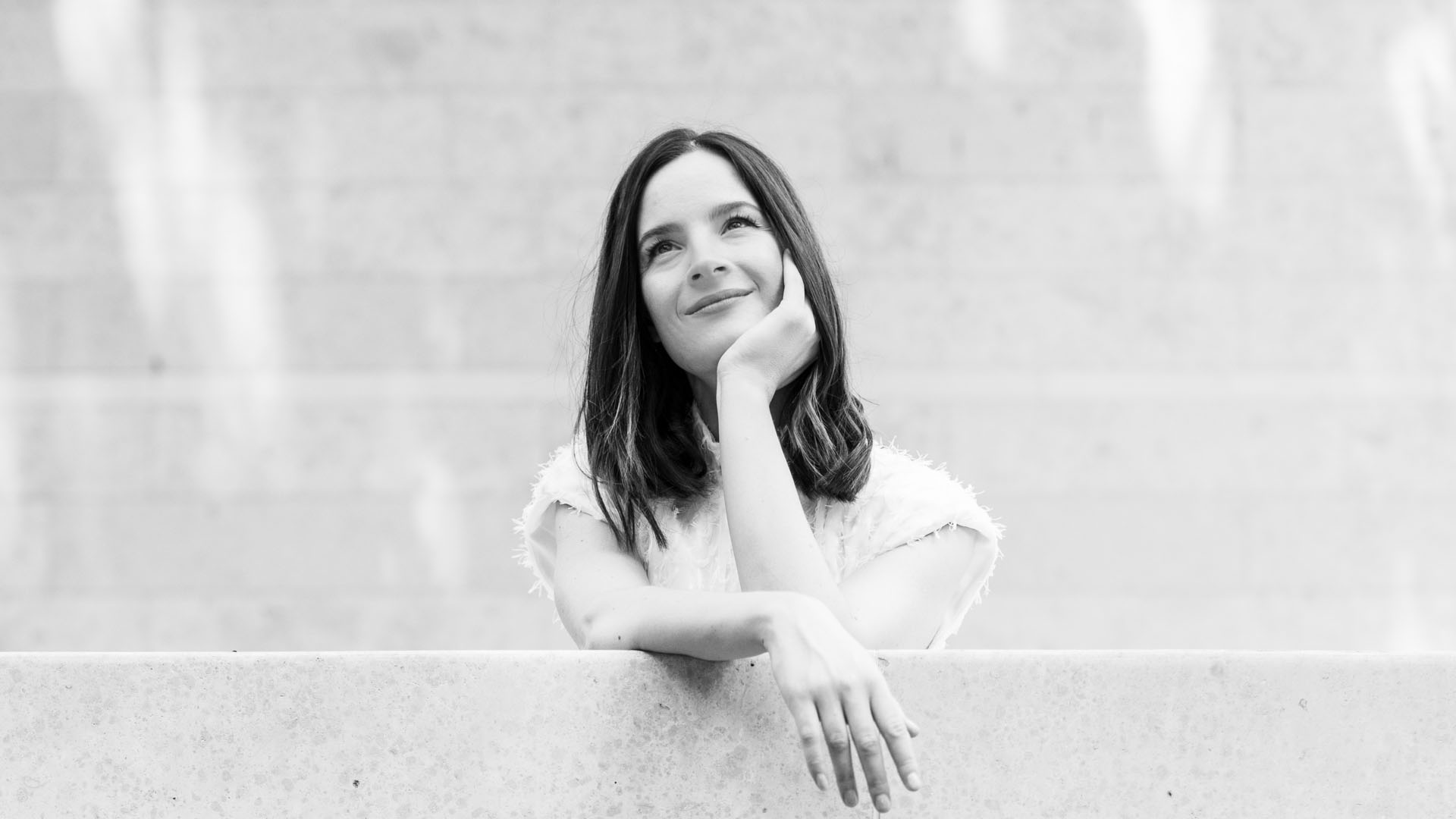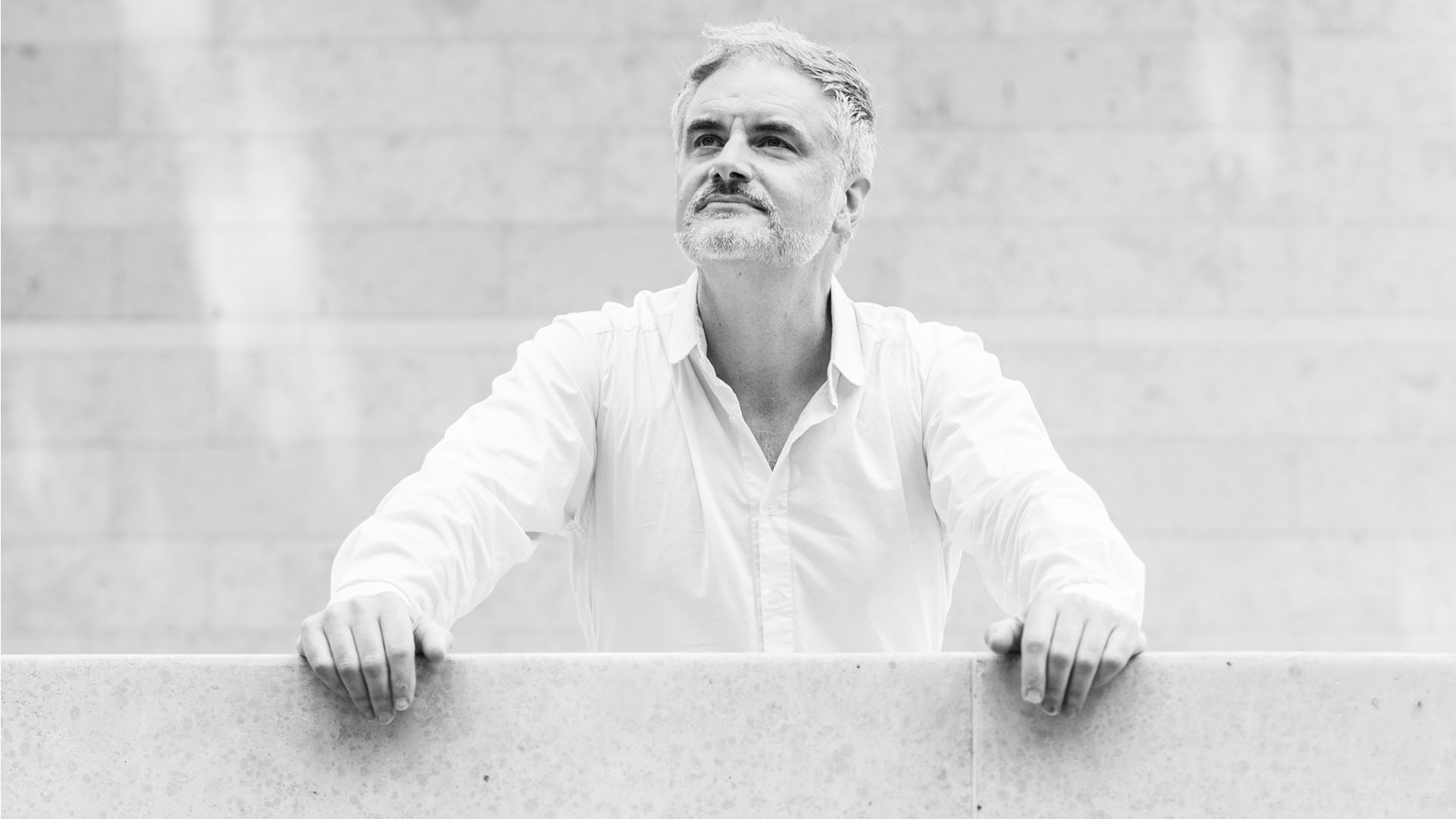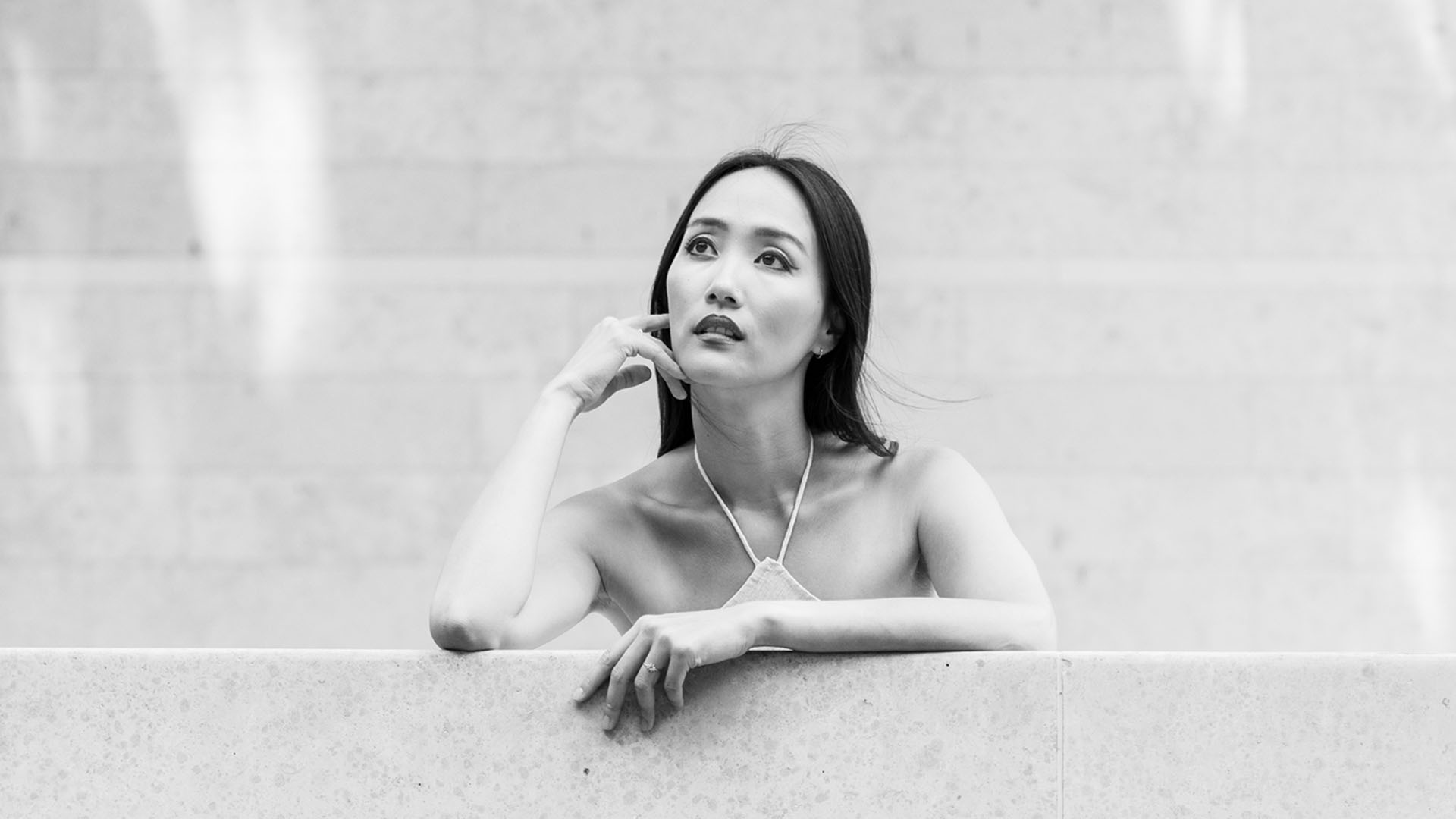NZTrio Art3 at City Gallery Wellington
22aug7:00 pm9:00 pmNZTrio Art3 at City Gallery WellingtonSpiral
Event Details
Programme: Arnold Bax (ENG): Trio in B flat Major Jenny McLeod (NZ): Seascapes Samuel Holloway (NZ): Corpse and Mirror (New Commission) INTERVAL Beethoven (GER): Piano Trio in E flat Major, Op.
Event Details
Programme:
Arnold Bax (ENG): Trio in B flat Major
Jenny McLeod (NZ): Seascapes
Samuel Holloway (NZ): Corpse and Mirror (New Commission)
INTERVAL
Beethoven (GER): Piano Trio in E flat Major, Op. 70 No. 2
Spiral promises forward motion and adventurous leaps into the unknown, including a new commission from New Zealand composer Samuel Holloway, who describes it as ‘a bold and obsessive exploration of self’. This collection of works is packed with introspective character (Arnold Bax), unseen currents of strength and depth (Jenny McLeod), and teetering precipices from which to safely test boundaries (Ludwig van Beethoven).
With guest violinist Natalie Lin.
TICKETS $40 Adult / $20 Student & CGW Friends
BOOK TICKETS TO BOTH Spiral AND Soar BY AUG 22nd AND BE IN TO WIN THE COST OF YOUR TICKETS BACK, PLUS A BOTTLE OF MOUNT BROWN!
SOAR – November 9th: Book tickets here
Time
August 22, 2017 7:00 pm - 9:00 pm UTC+12:00(GMT+00:00)
Location
City Gallery
Organizer
Programme Notes
Arnold Bax (ENG; 1883 – 1953): Trio in B flat Major – c. 21’
Allegro con brio
Adagio (alla breve) con moto
Tempo moderato e molto ritmico
This is Arnold Bax’s last ever word in chamber music. Best known for his tone poem ‘Tintagel’ and orchestral music in general – he was for a while considered the Leading British Symphonist even over Vaughan Williams – he nonetheless had a great affection for chamber music, only realised recently when a cache of early scores turned up in the proverbial attic. They date from the early 1900s, when he was embarking on his great Celtic period: born in London, into a creative and wealthy family in a mansion in Hampstead, he fell in love with Yeats’ Wanderings of Oisin while still a teenager and made the first of many visits to Ireland in 1902, later moving to Dublin when he married and publishing a considerable amount of poetry under the name Dermot O’Byrne. It was important enough to be banned: sympathetic to the republican cause, Bax was deeply shocked by the aftermath of the Easter Uprising and although he later returned to London, having left his wife, he would throughout his life take lovely country houses in Ireland or Scotland to finish off his scores.
By the time Bax wrote this work, in 1946, he had been knighted and created Master of the King’s Music, much to his own surprise, as he was 63 years old, hadn’t written anything serious for years, and was making good on his stated intention ‘to retire like a grocer’. Which, completely undeterred by the royal appointment, is exactly what he did. By then he had abandoned London, abandoned composition, and set up home in his favourite pub, the White Horse hotel in Storrington, in Sussex. There he wrote his memoirs and avoided anything musical. William Walton, his friend, recalled that ‘an important cricket match at Lord’s would bring him hurrying up to town from his pub at Storrington with much greater excitement than a performance of one of his works’.
And then – in 1945, a plea from an old friend, pianist Henry Isaacs, who Bax had known since college days at the Royal Academy. He had just formed a piano trio, and wanted to commission a new work for their first concert series. Naturally Bax refused. He said so in writing: ‘the medium is too difficult, and so far Dvořák is the only one [!] to succeed’. But evidently Isaacs had thrown him the right challenge at the right time, because by August, Bax had changed his mind. He wrote the whole thing at The White Horse over Christmas 1945 and the next March the Harry Isaacs Piano Trio were giving the premiere at Wigmore Hall.
It’s immediately gripping, right from that first figure on the piano. The ‘Scotch snap’ rhythm of the opening contrasts throughout with wistful nostalgia, Irish folk dance and English romanticism, ending with a tongue-in-cheek finale where Bax quotes Hamlet: ‘This is miching mallecho – it means mischief’!
Jenny McLeod (NZ; b. 1941): Seascapes – c. 10’
Born in Wellington in 1941, Jenny McLeod grew up in Timaru and Levin. Throughout her childhood and adolescence she was always involved in music, as school pianist, church organist, accompanist, or playing at dances in a band with her brothers. She enrolled at Victoria University in 1961, studying music with Frederick Page, David Farquhar and Douglas Lilburn.
Her portfolio of compositions at the completion of her B.Mus. degree included Epithalamia. After hearing a recording of Quartet for the End of Time, McLeod resolved to go to Paris to study with Messiaen, whose generous mentorship made a lasting impression on her and resulted in a life-long friendship. After Paris, she moved on to study with Boulez in Basel, and then with Stockhausen and Berio in Cologne, where she wrote For Seven (1966). This work attracted critical attention with performances by Stockhausen’s ensemble, and at the New Music Festival in Darmstadt and the Berlin Festival, conducted by Bruno Maderna. While in Cologne, an environment she did not particularly enjoy, Jenny McLeod “discovered” Richard Taylor’s translation of the Maori creation poetry, in the first Penguin Book of New Zealand Verse, which she had taken with her on her travels.
Returning to Wellington and a lectureship at Victoria University, she commenced work on Earth and Sky, a large work of music-theatre for performance by school children, based on this poetry. The work made a significant contribution to the nation’s burgeoning bi-culturalism, and established Jenny McLeod as the rising star of New Zealand music. In 1971 she was appointed Professor at Victoria University, remarkable on two counts – as a woman, and as being just twenty-nine years old.
Jenny writes of Seascapes: ‘In early 1995 Judith Clark, piano tutor at the Victoria University Music Department, invited me to write a new piano piece for Douglas Lilburn’s 80th birthday, for a special concert she was organising in honour of the occasion. She was about to assign my new piece to one of her senior piano students when she got a surprise, and so did I – for as soon as the piece was finished, another one appeared to be waiting in the wings, so I wrote that one too, and then there came a third and a fourth, until Judith began flapping her hands and crying, ‘No more! No more!’ These eventually became Nos 8-11 of my 24 Tone Clock Pieces for piano.
When dear Jack (Body) asked, almost twenty years later, if I would be interested in contributing to an NZTrio Lilburn concert by arranging some or any of these piano pieces for piano trio, I chose the first and last pieces of this set of four, and have named this version ‘Seascapes’. All four have to me always suggested the endlessly varied movements of surf, wind on water, sea, rock pools – and also, when he was younger, Douglas himself walked often at Pukerua Bay, where I live.’
Samuel Holloway (NZ; b. 1981): Corpse and Mirror (New Commission) – c. 15′
Samuel studied music and philosophy at the University of Auckland. He was the 2013 Mozart Fellow at the University of Otago, a 2016 Civitella Ranieri Fellow in Umbria, Italy, and is currently Acting Head of Creative Industries at Unitec Institute of Technology, Auckland. Samuel’s work has been performed by prominent artists and ensembles in Asia, Europe and North America, including Klangforum Wien, Stroma, the Miyata-Yoshimura-Suzuki Trio and the BBC Scottish Symphony Orchestra. He has recently undertaken a number of projects with the collective et al., and the collaborative work Upright Piano is currently on display at the Auckland Art Gallery Toi o Tāmaki as part of Shout Whisper Wail! The 2017 Chartwell Show.
Samuel writes: ‘The title of this piece is borrowed from a series of paintings and prints of the 1970s by the American artist Jasper Johns. In these works the artist used a crosshatching technique that was based on his recollection of a pattern spotted on a passing car: “I only saw it for a second, but knew immediately that I was going to use it. It had all the qualities that interest me – literalness, repetitiveness, an obsessive quality, order with dumbness, and the possibility of a complete lack of meaning.” Though my piece is neither ‘about’ Johns’ work, nor an attempt to depict it, there are shared formal and conceptual concerns, among them: automatism, repetition, the repurposing of familiar/unremarkable materials and the slippage between surface/material and meaning. This new work continues my recent explorations of boredom, anxiety and other ‘ugly feelings’ in music, and rather than emotional clarity, aims for an affective ambiguity (a state much closer to my typical way of being).’
Ludwig van Beethoven (GER; 1770 – 1827): Piano Trio in E flat Opus 70, No. 2 – c. 35’
Poco sostenuto – Allegro ma non troppo
Allegretto
Allegretto ma non troppo
Finale – Allegro
In the autumn of 1808 Beethoven was living in Vienna, in the apartments of Countess Anna Marie von Erdödy, a talented pianist whose salon was a leading performance venue for chamber music. It is not known whether there was a romantic relationship between them, but the Countess provided Beethoven with considerable support by assisting with his financial arrangements and organising concerts for him. He wrote the two Piano Trios Opus 70 at this time, and dedicated them to the Countess. The first performance was given by Beethoven,with Ignaz Schuppanzigh on violin and Joseph Linke on cello, and took place in the Countess’s house in December 1808. Typically for Beethoven, he fell out with the Countess and removed her name from the scores before the works were published the following year, but restored the dedication when they patched up their quarrel.
Beethoven had studied with Haydn during his first year in Vienna, and despite some difficulties in the relationship, had a great respect for the older man’s compositional skills. Haydn was still alive when the Opus 70 Trios were written, and his ‘Drum Roll’ Symphony (No 103) seems to have been used as a model for the Trio No 2 in E flat. In addition to using the same key, Beethoven followed the Symphony’s structure by opening the Trio with a slow introduction. This provides thematic material that is used later in the movement – including the trill motif in the Trio’s first theme, and the transition between the first and second themes, which is a speeded-up version of the opening melody.
Like the Symphony, the Trio’s Allegretto second movement is a set of double variations, a common form for Haydn but rarely used by Beethoven. A serene C major theme alternates with a more forthright theme in C minor and the music is clearly looking back to an earlier era.
An exquisitely-crafted waltz-like third movement takes the place of the traditional minuet or scherzo. Its Trio section, which appears twice, sets the strings in three-part harmony (with the violin double-stopping) against the piano and is followed by a passage of shifting harmonies with decorations high in the piano range in a texture that calls to mind Schubert’s piano writing in the following decade.
The brilliant Finale is a sonata-form movement, and is dominated by the two quite distinct parts of the main theme.
Programme note by Chamber Music New Zealand, abridged.




